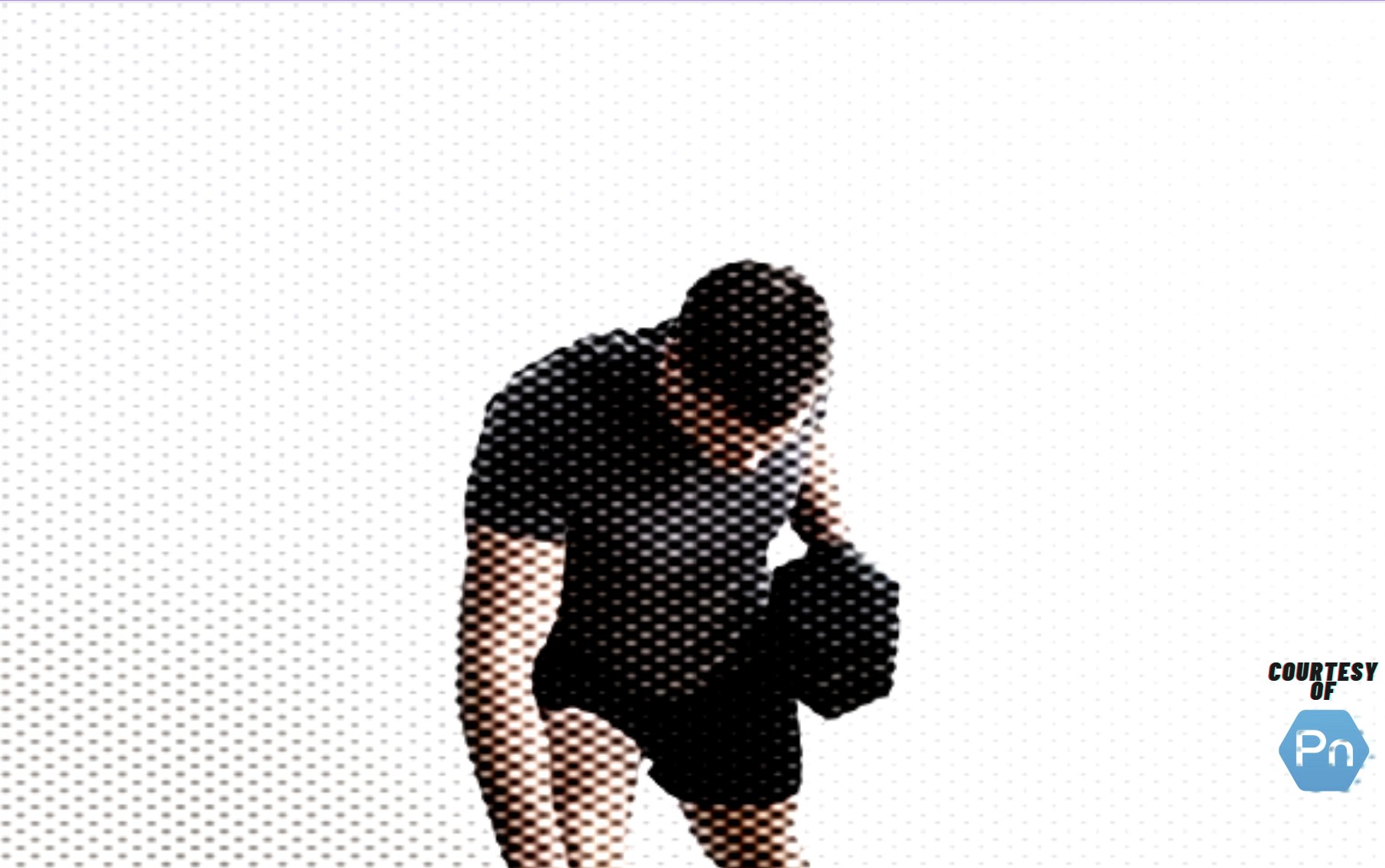Ready to carve out that broad, muscular back you’ve always wanted? Meet the single-arm dumbbell row—your ultimate weapon for balanced strength, laser-focused muscle activation, and symmetry that’ll make you look like a work of art. This guide will break it all down so you can row like a pro and crush your goals, one rep at a time.

The single-arm dumbbell row is like starting an old-school chainsaw—gritty, powerful, and all about control. With one hand bracing your body, the other is ripping the weight up like you’re pulling the anchor off a ship. It’s a move that screams function: building a back that can carry the world and lats wide enough to cast their own shadow. Every pull is a ticket to the gun show—backstage access to raw, asymmetrical strength that says, ‘Yeah, I can carry all the groceries in one trip.
What Are Single-Arm Dumbbell Rows?
Picture this: You’ve got one hand gripping a dumbbell, your body is hinged forward, and you’re pulling that weight straight toward your hip. This isn’t just any move—it’s a unilateral powerhouse. Single-arm dumbbell rows target the lats, traps, and rhomboids while throwing in some bonus core work.
| Key Muscles Worked | How They Benefit You |
|---|---|
| Latissimus dorsi (lats) | Creates that V-tapered look |
| Trapezius (traps) | Adds thickness to your upper back |
| Rhomboids | Improves posture and shoulder stability |
| Core (obliques and abs) | Enhances balance and trunk stabilization |
Why You Should Master the Single-Arm Dumbbell Row
The Secret Sauce for Strength and Symmetry
This move doesn’t just build muscle—it balances you out. Say goodbye to strength imbalances and hello to better posture, reduced injury risk, and a back that’s as strong as it looks.
Benefits of Single-Arm Dumbbell Rows:
- Unilateral Power: Focus on one side at a time for maximum muscle engagement.
- Improved Range of Motion: Go deeper and feel the stretch with every pull.
- Core Activation: Stabilizing yourself works your abs harder than you think.
- Versatility: All you need is a dumbbell and something to lean on.
How to Do Single-Arm Dumbbell Rows (Step-by-Step)
Nail the Basics: Your Setup Is Everything
Here’s how you’ll dominate this move:
- Position Yourself: Stand beside a bench, hinge forward, and place your non-working hand on it for support.
- Grip the Dumbbell: Keep your working arm extended toward the floor.
- Engage Your Core: Your spine should be neutral—think of a straight line from head to tailbone.
- Row Up: Pull the dumbbell toward your hip, keeping your elbow close to your body.
- Control the Descent: Lower the weight slowly to the start position.
Common Mistakes (and How to Avoid Them)
Don’t Let These Slip-Ups Steal Your Gains
- Over-Rotating Your Torso: Keep your shoulders square to the ground.
- Swinging the Weight: Slow and steady wins the race—control is king.
- Arching Your Back: Engage your core and stay aligned.
Video Tutorial: Performing One Arm Dumbbell Rows
Variations to Level Up Your Training
Keep It Fresh, Keep It Challenging
- Meadow Rows: Use a barbell instead of a dumbbell for a new angle of attack.
- Renegade Rows: Combine core stability and row power in a plank position.
- Chest-Supported Rows: Remove lower back strain by lying on an incline bench.
Single-Arm Dumbbell Rows vs. Other Rowing Movements
Choose Your Weapon Wisely
| Row Type | Equipment | Primary Focus | Difficulty |
|---|---|---|---|
| Single-Arm Dumbbell Rows | Dumbbell | Unilateral strength, core stability | Medium |
| Barbell Rows | Barbell | Bilateral strength, heavier loads | High |
| Cable Rows | Cable machine | Constant tension, joint-friendly | Low |
Optimize Your Training Plan
Reps, Sets, and Rest
For hypertrophy, aim for 3-4 sets of 8-12 reps per side. Rest 60-90 seconds between sets to keep the intensity high.
Pro Tip: Incorporate single-arm dumbbell rows 2-3 times a week, pairing them with deadlifts or pull-ups for a killer back workout.
FAQs: Crushing the Details
Can I Use a Kettlebell Instead of a Dumbbell?
Absolutely! Kettlebells offer a slightly different grip, which can engage your forearm muscles more.
What’s the Ideal Weight?
Start light—something you can control for 12 reps. Gradually increase as you master your form.
How Do I Avoid Back Pain?
Engage your core, hinge properly, and never round your back during the movement.
Now It’s Your Turn
Feel that fire in your lats yet? Good. Single-arm dumbbell rows aren’t just a move—they’re your ticket to a stronger, more balanced physique. So grab that dumbbell, hit the bench, and start rowing like the beast you are. Let’s make some gains.
